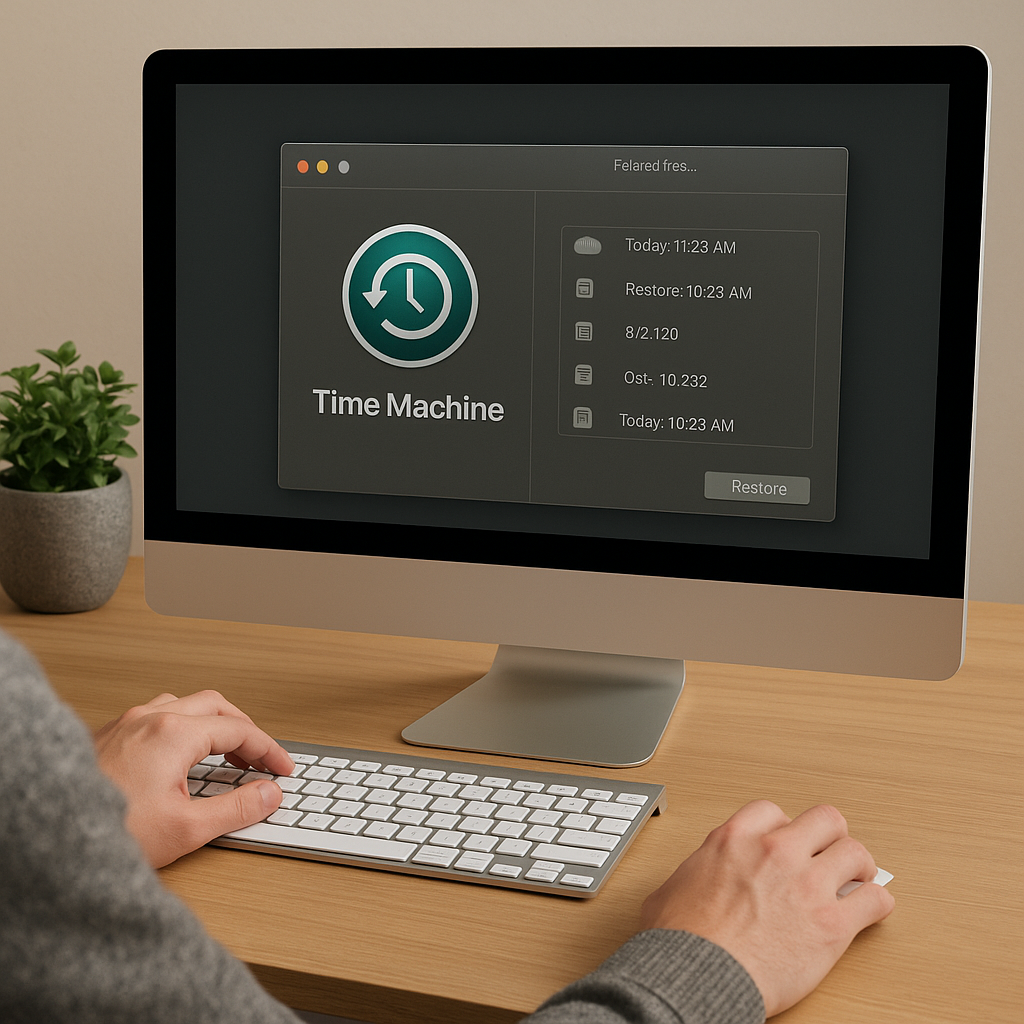Data recovery tools have become essential in the digital age, especially when dealing with damaged or corrupted files. These tools can be lifesavers, helping to retrieve lost data that might otherwise be irretrievable. This article will guide you through the process of using data recovery tools effectively, ensuring that you can recover your important files with minimal hassle.
Understanding Data Recovery Tools
Before diving into the specifics of how to use data recovery tools, it’s crucial to understand what they are and how they work. Data recovery tools are specialized software designed to recover lost, deleted, or inaccessible data from various storage devices such as hard drives, SSDs, USB drives, and memory cards. These tools can handle a range of data loss scenarios, including accidental deletion, formatting errors, virus attacks, and physical damage to the storage device.
Types of Data Recovery Tools
There are several types of data recovery tools available, each with its own set of features and capabilities. Some of the most common types include:
- File Recovery Software: These tools are designed to recover individual files that have been deleted or corrupted. They can scan the storage device and identify recoverable files based on their file signatures.
- Partition Recovery Software: These tools are used to recover entire partitions that have been lost or damaged. They can rebuild the partition table and restore access to the data stored within the partition.
- Disk Imaging Software: These tools create a complete image of the storage device, which can be used to recover data in case of physical damage or severe corruption. Disk imaging software is particularly useful for forensic analysis and data preservation.
- RAID Recovery Software: These tools are designed to recover data from RAID arrays, which are complex storage systems that use multiple disks to improve performance and redundancy. RAID recovery software can handle various RAID configurations and recover data even if multiple disks have failed.
Steps to Use Data Recovery Tools
Using data recovery tools effectively requires a systematic approach. Here are the steps you should follow to maximize your chances of successful data recovery:
Step 1: Assess the Situation
Before you start using any data recovery tool, it’s important to assess the situation and determine the extent of the damage. Ask yourself the following questions:
- What type of data loss has occurred? (e.g., accidental deletion, formatting error, virus attack)
- Is the storage device physically damaged or just logically corrupted?
- Do you have a backup of the lost data?
Understanding the nature of the data loss will help you choose the right data recovery tool and approach.
Step 2: Choose the Right Data Recovery Tool
Based on your assessment, select the appropriate data recovery tool for your needs. Consider factors such as the type of data loss, the storage device, and the tool’s features and capabilities. Some popular data recovery tools include:
- Recuva: A user-friendly file recovery tool that can recover deleted files from various storage devices.
- EaseUS Data Recovery Wizard: A comprehensive data recovery tool that supports file recovery, partition recovery, and disk imaging.
- Stellar Data Recovery: A powerful data recovery tool that can handle complex data loss scenarios, including RAID recovery.
- R-Studio: A professional-grade data recovery tool with advanced features for forensic analysis and data recovery from damaged disks.
Step 3: Install and Set Up the Data Recovery Tool
Once you have chosen the right data recovery tool, download and install it on a different storage device than the one you are trying to recover data from. This prevents overwriting the lost data and increases the chances of successful recovery. Follow the installation instructions provided by the software vendor and set up the tool according to your needs.
Step 4: Scan the Storage Device
Launch the data recovery tool and select the storage device you want to scan. Most data recovery tools offer different scanning options, such as quick scan and deep scan. A quick scan is faster but may not find all recoverable files, while a deep scan is more thorough but takes longer. Choose the appropriate scanning option based on the extent of the data loss and the size of the storage device.
During the scanning process, the data recovery tool will search for recoverable files and display a list of found items. This process can take anywhere from a few minutes to several hours, depending on the size and condition of the storage device.
Step 5: Preview and Select Recoverable Files
After the scan is complete, the data recovery tool will display a list of recoverable files. Most tools allow you to preview the files before recovery, so you can verify their integrity and ensure they are the files you need. Carefully review the list and select the files you want to recover.
Step 6: Recover and Save the Files
Once you have selected the files to recover, choose a different storage device to save the recovered files. This prevents overwriting any remaining lost data on the original device. Follow the recovery instructions provided by the data recovery tool and save the files to the designated location.
Best Practices for Data Recovery
To maximize your chances of successful data recovery and minimize the risk of data loss in the future, follow these best practices:
Regular Backups
One of the most effective ways to prevent data loss is to regularly back up your important files. Use a combination of local and cloud-based backup solutions to ensure your data is protected against various types of data loss scenarios.
Avoid Using the Affected Storage Device
If you suspect data loss or corruption, avoid using the affected storage device until you have recovered the lost data. Continued use of the device can overwrite the lost data and make recovery more difficult or impossible.
Use Reliable Data Recovery Tools
Choose reputable and reliable data recovery tools from trusted vendors. Avoid using free or pirated software, as they may contain malware or lack the necessary features for effective data recovery.
Seek Professional Help if Needed
If you are unable to recover your data using software tools, consider seeking professional help from a data recovery service. These services have specialized equipment and expertise to handle complex data loss scenarios, including physical damage to storage devices.
Conclusion
Data recovery tools are invaluable resources for retrieving lost or corrupted files. By understanding how these tools work and following a systematic approach, you can maximize your chances of successful data recovery. Remember to regularly back up your data, use reliable recovery tools, and seek professional help if needed. With the right tools and practices, you can protect your valuable data and minimize the impact of data loss.












